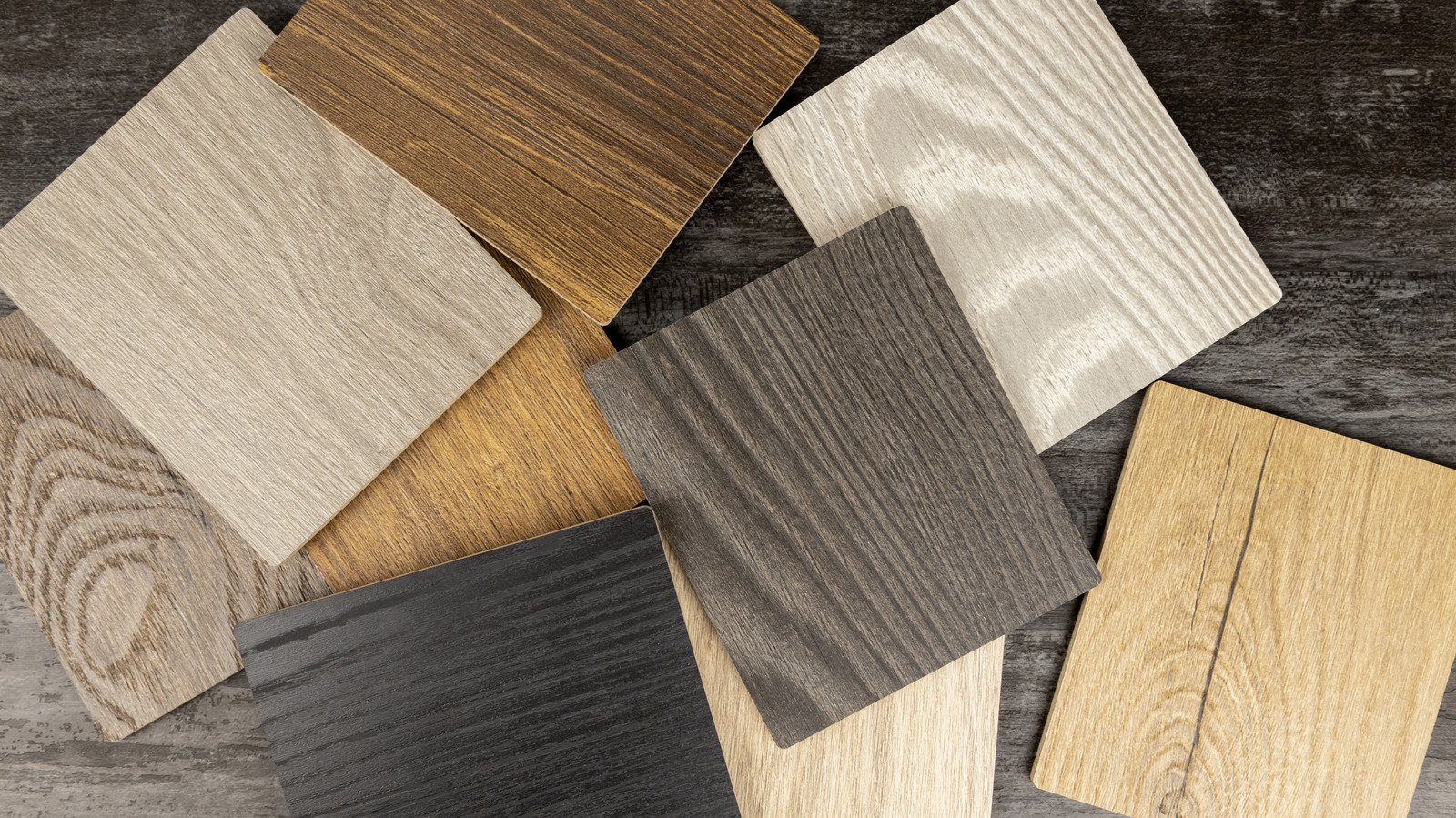
"The latter can be a particularly important choice that's sometimes overlooked, as the floor color can really make or break the flow of a room. When installing hardwood, many people love the warm, luxurious look that darker colors bring. However, any kitchen flooring has its pros and cons, and dark hardwood floors are poorly suited to the kitchen if you're a frequent home cook."
"While dark hardwood isn't more likely to get cracks or scratches than any other hardwood, any imperfection will be more obvious against its dark surface. There's no quick and easy repair for these scratches either; you'll likely have to remove and repair an entire board to fix it, and it still might stand out from the rest of the floor even then. Because of this, dark hardwood will begin to show its age more quickly than other varieties."
"If the challenges that come with dark hardwood flooring don't scare you away from installing it, there are a few things you can do to keep it looking its best. First off, you should choose a floor with a low gloss finish. The less shiny a floor is, the less likely it will be to show off scratches, and while the dirt might still be fairly"
Dark hardwood floors provide a warm, luxurious appearance but tend to reveal imperfections and show age faster in kitchen environments. Scratches and cracks stand out against dark surfaces and often require removing and repairing entire boards, which may still be noticeable after repair. Dirt, fuzz, and other debris contrast sharply with dark wood, making floors appear dirty unless cleaned very frequently. Frequent home cooks face particular maintenance burdens with dark hardwood. Choosing a low-gloss finish reduces scratch visibility, and less shiny floors hide imperfections better, though dirt can still remain noticeable.
Read at Tasting Table
Unable to calculate read time
Collection
[
|
...
]